Food Cleanrooms
Deiiang™ designs and constructs state-of-the-art food cleanrooms that adhere to the highest international standards for food safety and quality. These cleanrooms incorporate advanced filtration systems and precise environmental controls to meet the specific needs of various food production industries.
Foods Cleanroom Applications:
- Edible Oils
- Beverages
- Dairy Products
- Bakery Items
- Confectionery
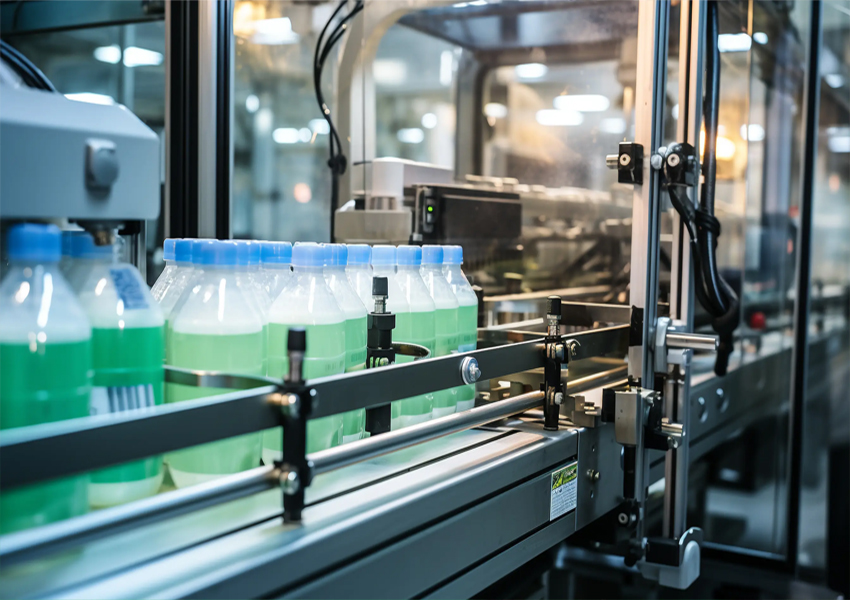
Rational Functional Layout
Creating an efficient layout in a food cleanroom is key to minimizing contamination risks and optimizing workflow.
Personnel Pathways
Design dedicated pathways for workers to reduce cross-contamination and streamline movement.
Material Flow
Establish separated logistics channels for raw materials and finished products to prevent mixing and contamination.
Storage Areas
Raw materials close to production, finished goods positioned away from raw materials to minimize cross-contamination.
Packaging Areas
Ensure both inner and outer packaging occur under controlled conditions.
Cleanroom Layout Diagram

Controlled Environments
Maintaining a controlled environment is crucial in ensuring food quality and safety.
GMP Grade D
Temperature and humidity control to prevent microbial growth and ensure product integrity.
Temperature & Humidity
Optimal ranges (15-25°C temperature, 30-50% humidity) for food preservation.
Air Sterilization
Advanced HVAC systems and HEPA filters to maintain air purity and reduce bacterial load.
Contamination Control
Multiple layers of protection against airborne and surface contaminants.
Key Environmental Parameters
Applications in Food Industry
Food cleanrooms find applications across various segments of the industry:
Beverages
Ensures that bottling and packaging occur under strict hygiene standards.
Bakery & Dairy
Require precise humidity control to maintain product quality and freshness.
Nuts & Grain Oils
Prevent exposure to moisture which can affect product freshness and longevity.
Edible Salt & Spices
Processed in controlled environments to prevent clumping and contamination.
Industry Benefits
- Extended product shelf life
- Reduced product recalls
- Compliance with international standards
- Enhanced brand reputation
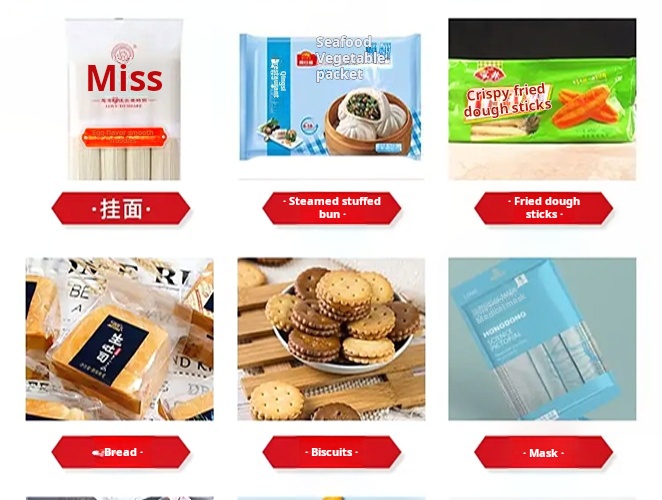
Cleanroom technology applied across food sectors
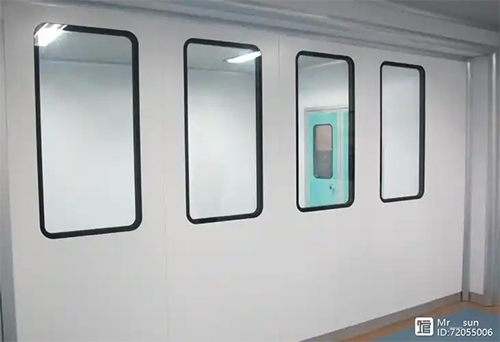
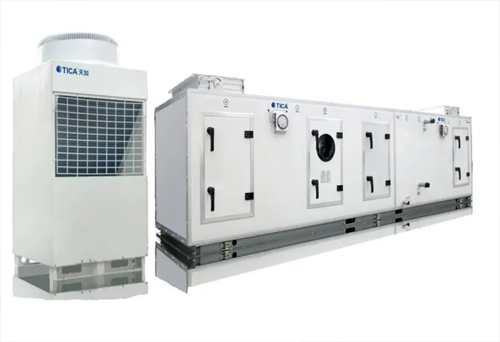
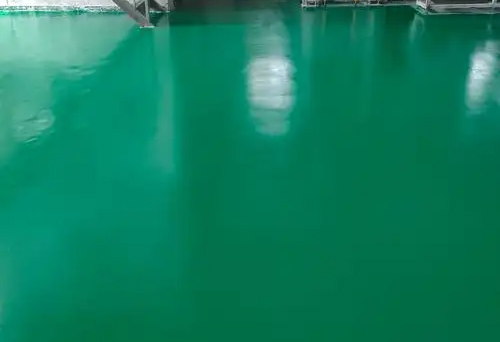
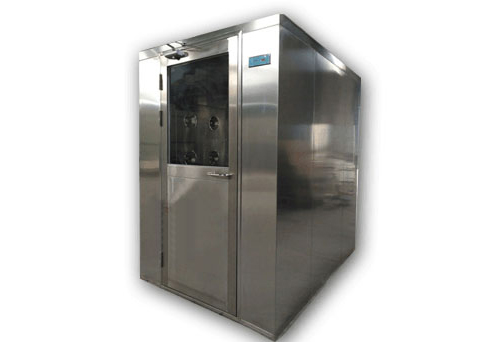
Design and Construction
Expert design and construction are pivotal for the success of food cleanrooms.
Material Selection
Choose materials resistant to chemical and microbial contamination.
Equipment Selection
Implement state-of-the-art equipment meeting industry cleanliness standards.
Quality Control
Rigorous oversight to ensure design and safety standards are met.
Cost Efficiency
Efficient budgeting without compromising quality or compliance.
Construction Standards
FAQ
What is a food cleanroom?
A food cleanroom is a controlled environment designed specifically for the production and packaging of food products. These cleanrooms maintain low levels of airborne particulates and microorganisms to ensure the safety and quality of food. They adhere to ISO standards and Good Manufacturing Practices (GMP), employing HEPA filters and precise airflow management to minimize contamination risks.
Why is airflow management crucial in food cleanrooms?
Effective airflow management in food cleanrooms is essential to maintaining contamination control. By utilizing high-efficiency air filtration and positive pressure design, the direction and velocity of airflow are carefully managed to minimize the accumulation of bacteria and particulates in the air. Regular monitoring and adjustments of the airflow systems are necessary to ensure food safety and production efficiency.
Temperature & Humidity Impact
- Prevent microbial growth
- Ensure texture/flavor consistency
- High humidity leads to spoilage
- Low humidity causes static issues
Common Contaminants
- Airborne particles (dust, fibers)
- Microorganisms (bacteria, molds)
- Chemical residues (cleaning agents)
How are food cleanrooms designed to prevent cross-contamination?
Preventing cross-contamination is a key consideration in the design of food cleanrooms. By strategically laying out distinct functional areas such as raw material receiving, processing, and finished product packaging, the risk of cross-contamination is minimized. Separate personnel and material flow paths, along with features like airlock doors and air showers, further reduce contamination risks, ensuring efficient and safe production processes.
Why are GMP standards important for food cleanrooms?
GMP standards are essential for food cleanrooms as they establish guidelines and best practices to ensure that food products are consistently produced and controlled according to strict quality standards. By following GMP, manufacturers can ensure that their processes minimize risks of contamination, variability, and defects. Compliance with these standards is crucial to gain certification and trust from regulatory bodies and consumers.
HEPA Filters in Action
HEPA filters remove 99.97% of airborne particles as small as 0.3 microns, ensuring cleanroom air remains free from dust, microbes, and other contaminants. Regular maintenance and replacement are essential for sustained efficiency.
Materials Used in Construction
- Stainless steel: Corrosion-resistant, easy to sanitize
- Smooth, non-porous surfaces: Reduce particle adherence
Food-grade materials: Meet regulatory standards
Personnel Behavior Impact
- Proper hygiene training (protective clothing, handwashing)
- Minimized human traffic in critical areas
Continuous education and monitoring
 +86 18186671616
+86 18186671616 Jason@cleanroomequips.com
Jason@cleanroomequips.com
 MENU
MENU
